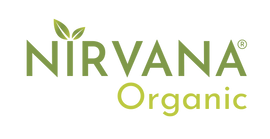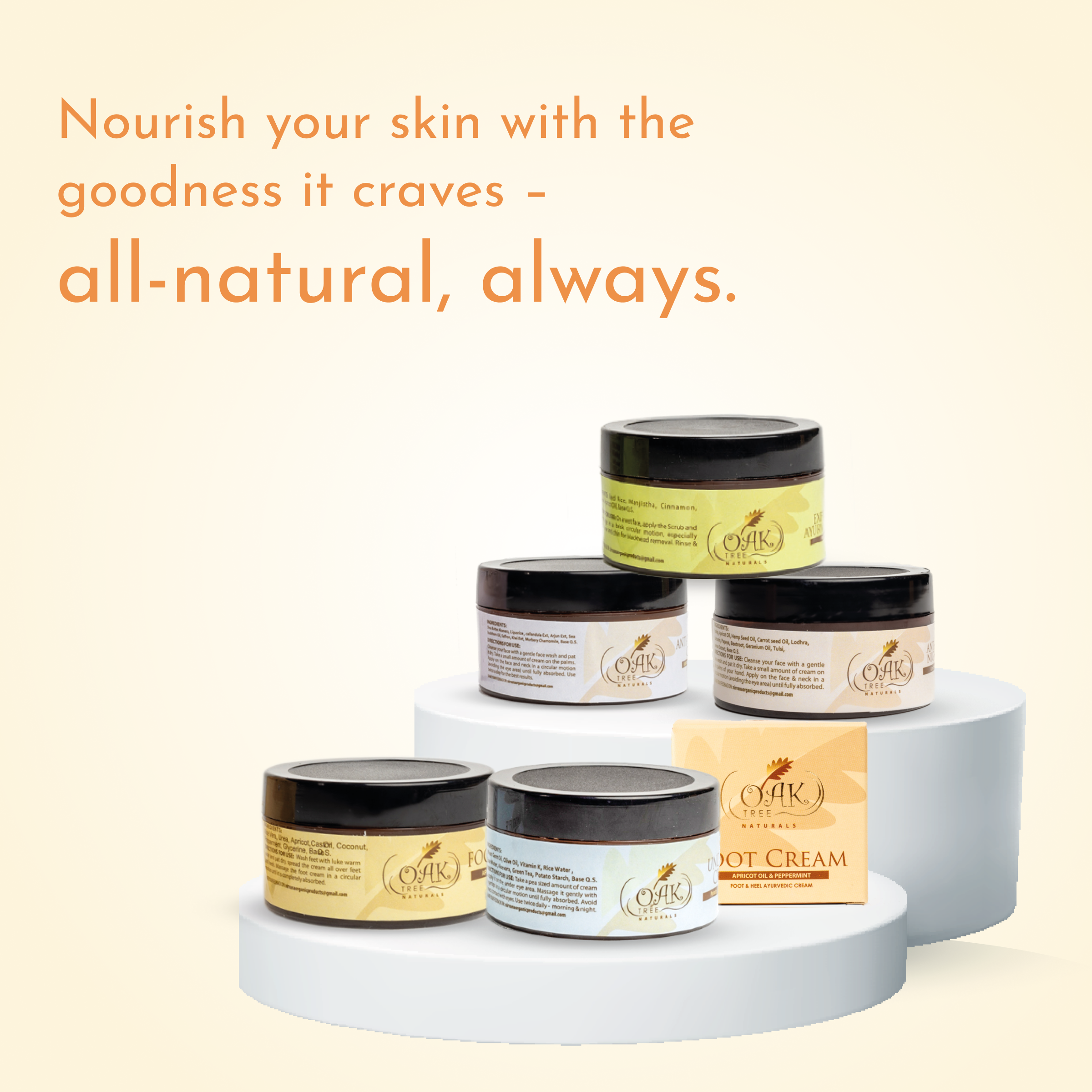How to Read Organic Product Labels: Decoding Ingredients & Certifications
Introduction: Why Organic Label Literacy Matters
Let’s be honest — shopping for organic products can be overwhelming.
You pick up a bottle of "natural" face wash or a "green" snack bar and flip to the back, only to be greeted by a wall of complicated ingredient names and mysterious symbols. Some claim to be “certified,” others use phrases like “eco,” “clean,” or “non-toxic” — but what does it all actually mean?
In the world of wellness, beauty, and food, labels matter. But not all labels are created equal. Learning how to properly read and understand organic product labels helps you avoid greenwashing, make informed decisions, and truly support your health and the planet.
In this guide, we’ll break it all down:
-
What terms like “organic,” “natural,” and “clean” really mean
-
Which certifications are trustworthy
-
How to read ingredient lists like a pro
-
Red flags to watch for
-
And how Nirvana Online makes label literacy easy
The Big Three: Organic vs. Natural vs. Clean
Before diving into ingredients and logos, let’s clear up the biggest confusion: the difference between organic, natural, and clean.
1. Organic
"Organic" refers to products made from ingredients that are grown without synthetic pesticides, herbicides, GMOs, or harmful chemicals.
Certified organic products follow strict agricultural and processing standards — and must be verified by an official body like the USDA or ECOCERT.
2. Natural
"Natural" is not a regulated term in most countries. It generally means that some ingredients come from nature, but:
-
The product may still contain synthetic chemicals
-
There's no standard for how “natural” it must be
-
Companies can use the term without oversight
3. Clean
"Clean" is also unregulated. It usually means free from known toxins or harmful additives, but it varies by brand. Some “clean” brands ban over 1,000 ingredients; others only avoid a handful.
👉 Takeaway: Only “organic” has a legally enforceable standard. Natural and clean? Do your research.
How to Decode Organic Certifications
Not all certifications are created equal. Here are some of the most reputable ones to look for when shopping on Nirvana Online or elsewhere:
✅ USDA Organic (United States)
-
Requires products to be made with at least 95% organic ingredients
-
Prohibits synthetic additives, GMOs, irradiation, and sewage sludge
-
Symbol: A green-and-white circle logo
✅ ECOCERT (Europe/Global)
-
A well-respected international certifier
-
Requires at least 95% natural ingredients and 10% organic content in finished cosmetics
-
Also considers environmental impact and packaging
✅ COSMOS (Global)
-
Covers both COSMOS Organic and COSMOS Natural
-
Oversees soil health, animal welfare, and fair labor practices
-
Used by brands that want to meet multiple country standards
✅ NSF/ANSI 305 (U.S. for Personal Care)
-
For products labeled “contains organic ingredients”
-
Requires at least 70% organic content
✅ Leaping Bunny or Cruelty-Free
-
Not an organic certification, but signals no animal testing
-
Often seen on ethical beauty and wellness products
How to Read the Ingredient List Like a Pro
The ingredients list (also called the INCI list for cosmetics) is one of the most powerful tools for smart shopping. Here's how to break it down:
1. Ingredients Are Listed in Order of Quantity
-
The first 3–5 ingredients make up the bulk of the product
-
If "organic aloe vera" or "coconut oil" is #1, that’s a great sign
-
If organic ingredients are at the bottom, the product may be “greenwashed”
2. Learn to Spot “Hidden” Chemicals
Look out for:
-
Fragrance/Parfum – Often a cover for dozens of undisclosed synthetic chemicals
-
PEGs, SLS/SLES, and parabens – Common irritants and disruptors
-
Phenoxyethanol, phthalates, and synthetic dyes – Often flagged by clean beauty standards
3. Latin Names Aren’t Scary
Organic plant ingredients are often listed by their botanical (Latin) names. For example:
-
“Lavandula angustifolia” = lavender
-
“Aloe barbadensis leaf juice” = aloe vera
If you're unsure, a quick search can clarify whether it’s a natural extract or synthetic compound.
Greenwashing: What to Watch Out For
Some brands rely on pretty packaging and buzzwords without actually being organic. This is called greenwashing — and it’s everywhere.
Common Red Flags:
-
No certification logos, but lots of “green” language
-
Vague terms like “naturally inspired” or “plant-based”
-
Hidden synthetic ingredients in the fine print
-
Overuse of the word “clean” with no substance
Pro Tip: When in doubt, check for third-party certifications and cross-reference ingredients on a database like EWG’s Skin Deep or INCIDecoder.
Nirvana Online: Organic Transparency You Can Trust
At Nirvana Online, we believe you deserve full transparency — no fluff, no fakes.
That’s why every product on our platform includes:
-
Clear ingredient lists with explanations of what each one does
-
Certifications displayed up front — so you can trust what you're buying
-
Educational product descriptions to help you shop smarter
-
No greenwashing or vague claims — only real, honest standards
We vet every brand to ensure they meet our strict clean and organic criteria so you don’t have to decode it all alone.
Real Customer Stories
Lena, 36, Portland:
"I used to feel totally lost reading skincare labels. Nirvana makes it so much easier — I feel confident knowing exactly what’s in my products."
Devon, 40, Boston:
"I love that they actually explain every ingredient. It’s like having a clean beauty expert in my pocket!"
Final Thoughts: Empower Yourself with Label Literacy
The organic movement is built on trust — and that trust starts with understanding what’s in your products. By learning how to read labels, spot certifications, and decode ingredients, you empower yourself to make choices that benefit your health, your family, and the planet.
Whether you’re switching to organic skincare, restocking your pantry, or just want to avoid hidden toxins — Nirvana Online is here to make it simple, honest, and empowering.
Next time you shop, don’t just read the label — understand it.
And let Nirvana Online help guide the way.




